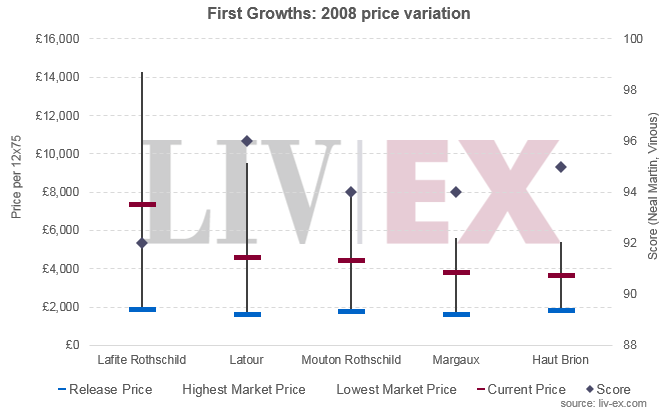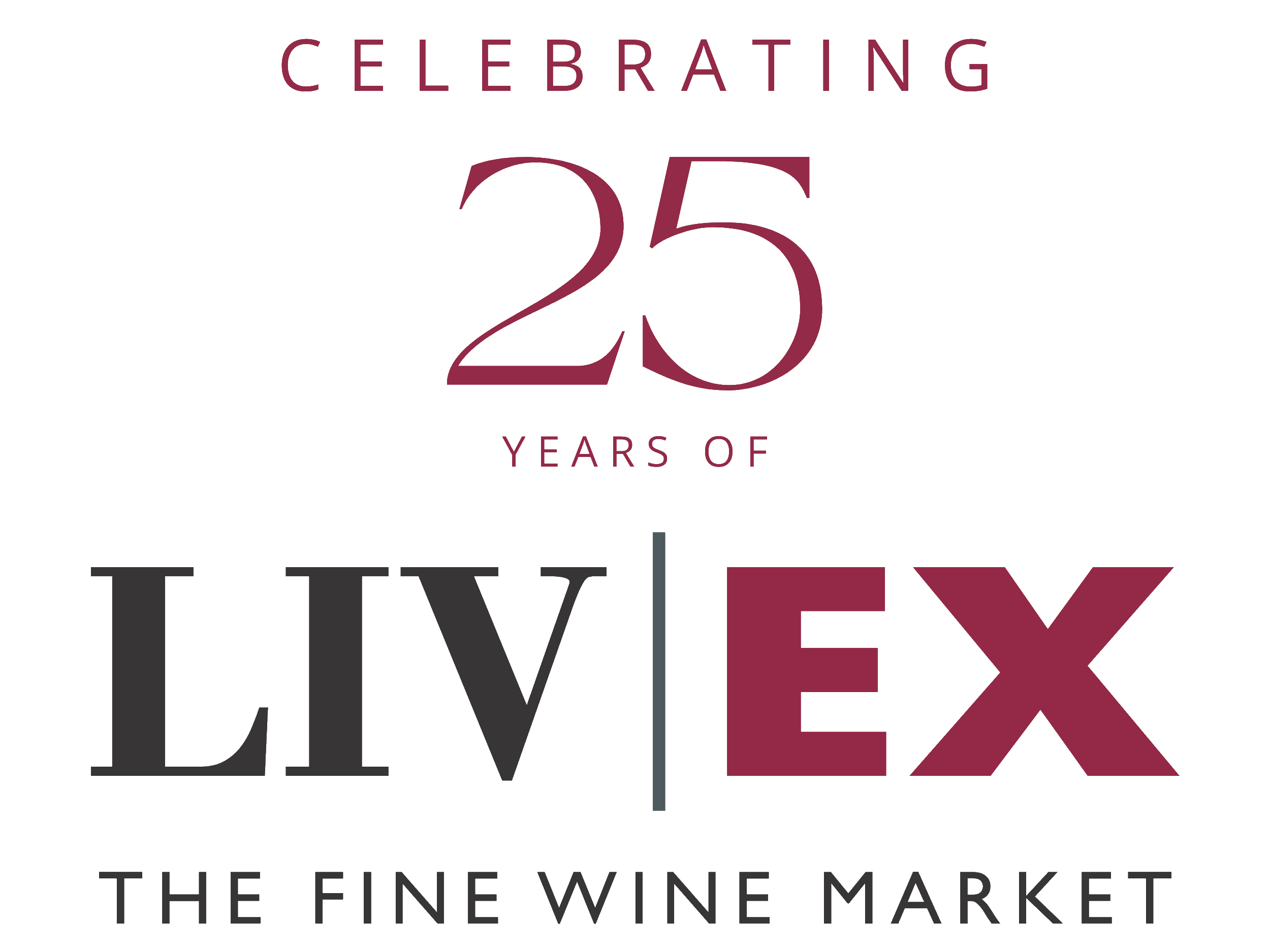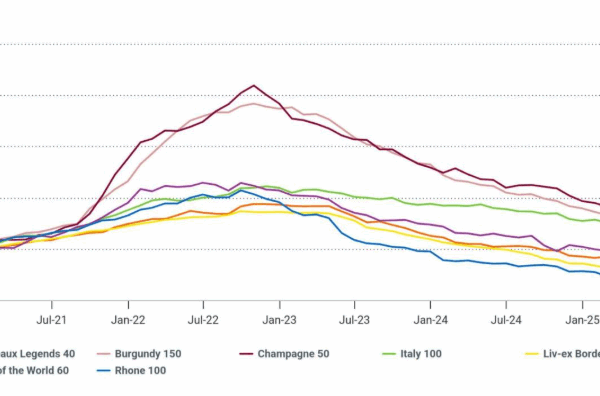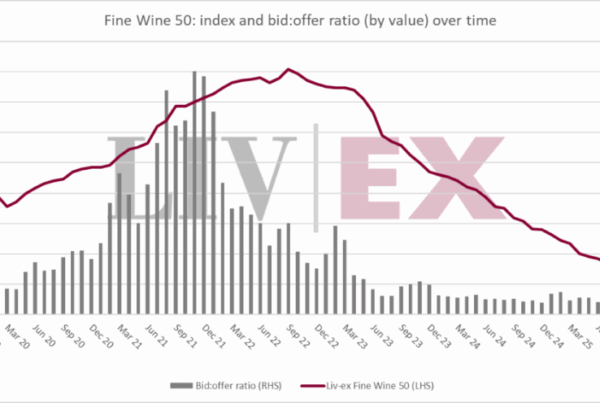The Bordeaux 2008s entered the market at an interesting time. With the Financial Crisis raging in the background some chateaux owners came out with relatively low prices, only to revise them once Robert Parker released his scores and hailed the vintage ‘dramatically better than I had expected.’ Collectors lucky enough to secure first tranche allocations saw an overnight boost to their investments.
As we enter the tenth year since the vintage, there is some interest in how the wines have progressed. In a series of short blog posts, Liv-ex will examine how the prices of the wines have moved since release.
At a glance
Overall, 44 of the 50 wines from 2008 within the Bordeaux 500 have gained or held value since release. The average price change since release is 114%. The wines of the Second Wines 50 index have increased the most on average, and the three top performing wines come from this sub-index. Pavillon Rouge, the top riser, has gained 442%. The wines of the Sauternes 50 have lagged the most: only Yquem has held its value.
Eight of the 50 wines are currently at their highest ever price; none are at their lowest. The wines are 25% below peak on average in Sterling terms.
First Growths

All of the First Growths have increased by over 100% since release. They have outperformed the market; in the same time period the Fine Wine 50 has increased 60%. Lafite leads the way, up 298%, while Haut Brion is the ‘worst performer’ up 101%.
The wines are, on average, 42.5% off their peak levels achieved in 2011.
New scores
As the table below highlights, aside from one exception, Neal Martin’s recent scores were fairly consistently with his old scores.

Lafite Rothschild saw a fairly drastic fall from 97 points to ‘92?’ points. Alongside this score change, the evolution of tasting notes provides an interesting context; it ranges from being described as ‘candidate for the wine of the vintage’ by Robert Parker in his En Primeur note to ‘overtaken by other First Growths’ according to Neal Martin’s most recent report.
Does this mean Lafite 2008 is now overvalued? Based on our Fair Value methodology the answer is undoubtedly yes, the current price is 40% higher than what one might expect for a Lafite of this score.
Despite this, it’s unlikely that the price will fall drastically in the near term. Moving forward the mitigating factors outside of the bottle, such as the power of the Lafite brand combined with the 2008’s special label featuring a Chinese character, might well sustain this wine’s price for some time to come.
Scores: Vinous, Wine Advocate
[mc4wp_form id=”18204″]



